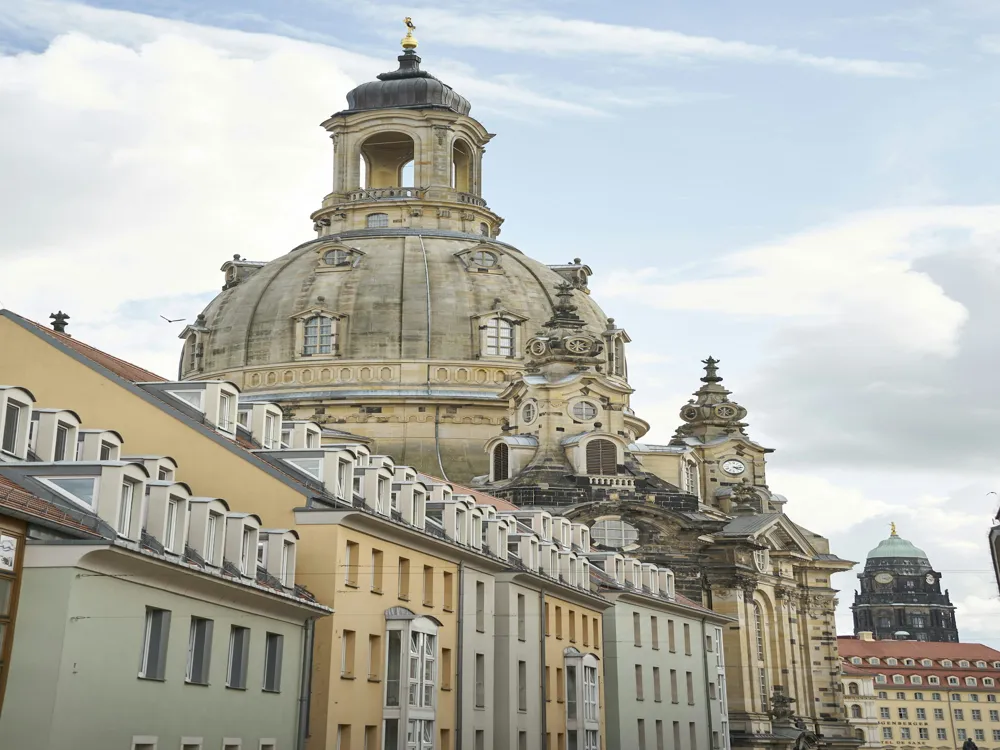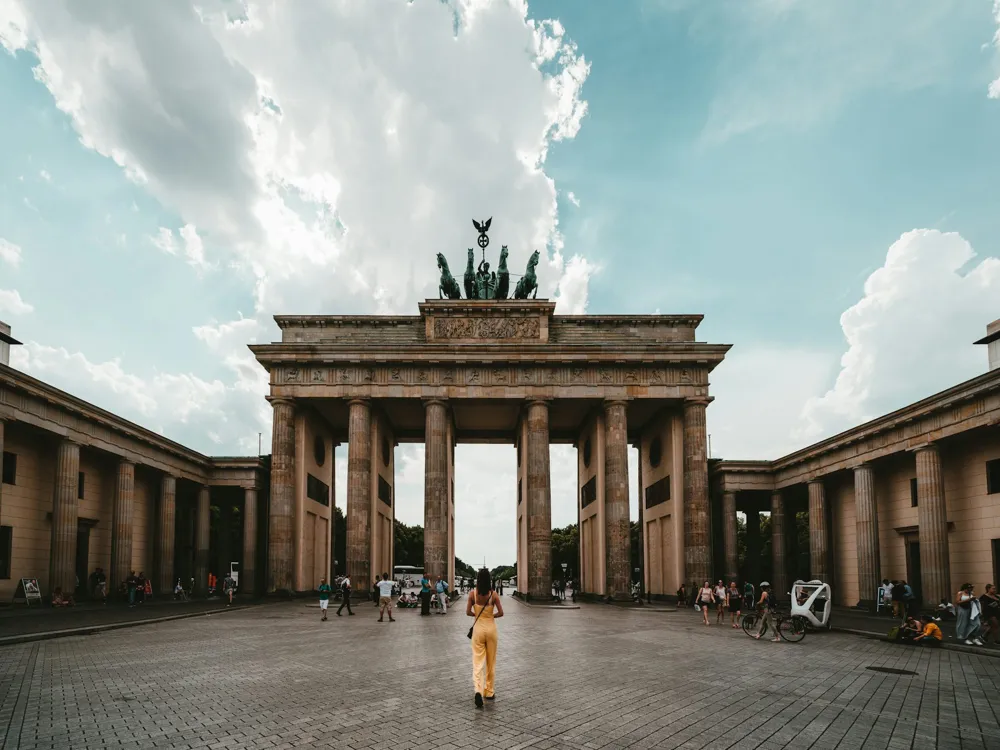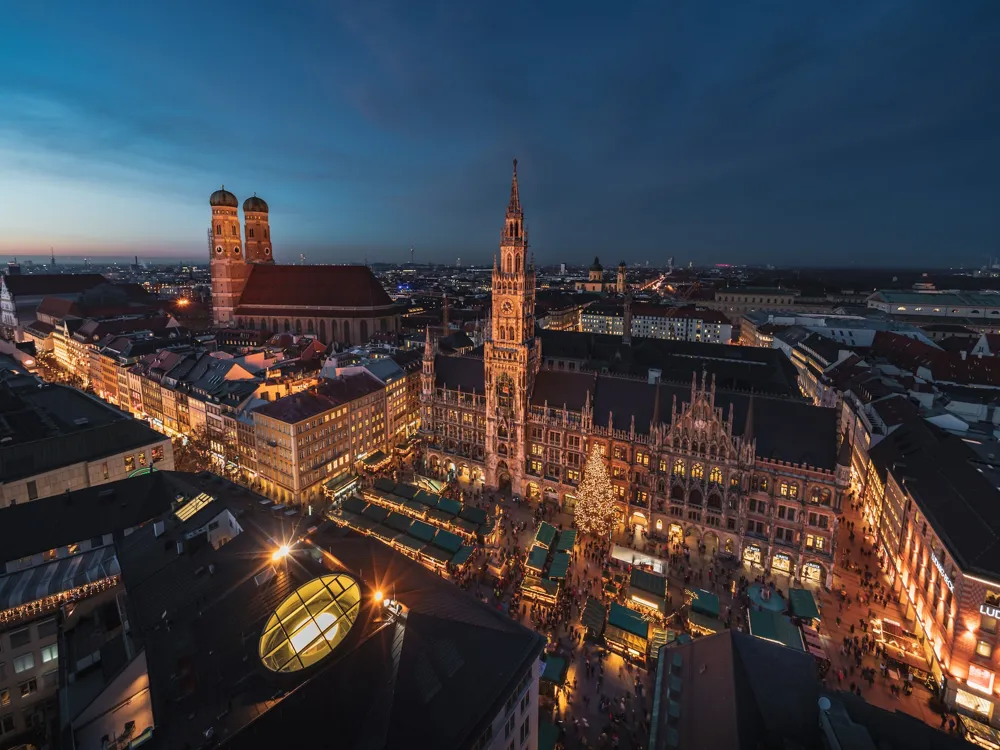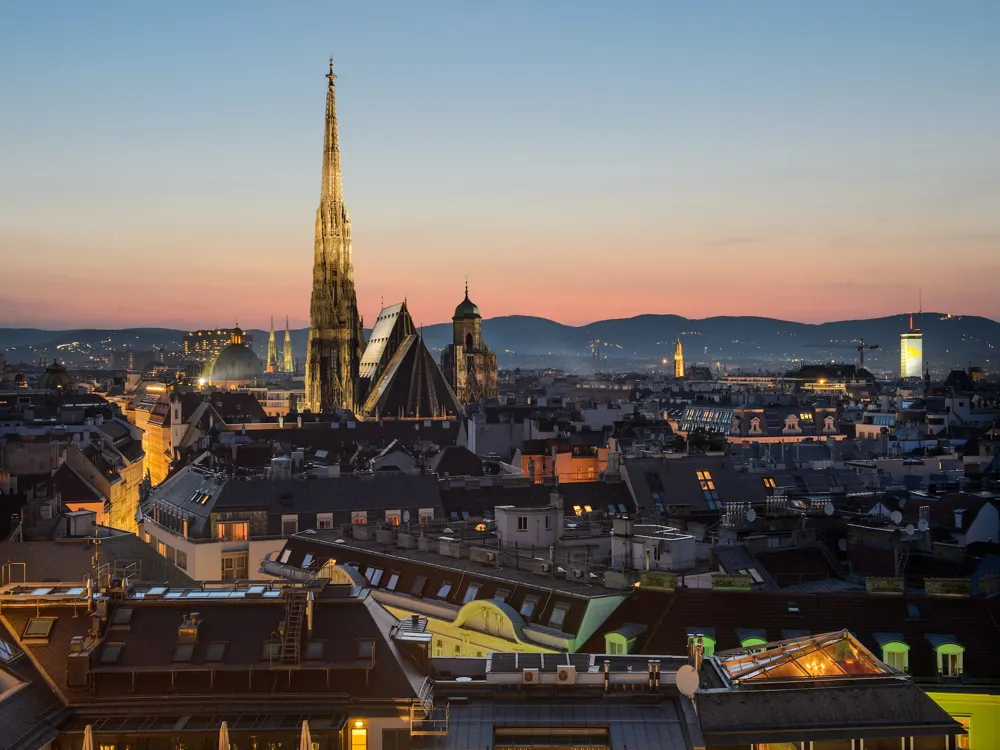The Japanese Palace in Dresden, Germany, stands as a monument to the rich cultural exchange and architectural ingenuity of the 18th century. Originally intended as an orangery and a place to display a collection of Japanese porcelain, the palace is a masterpiece of Baroque architecture. The building's history is as fascinating as its design, marked by transformations and restorations that reflect Dresden's tumultuous past. The palace's name, 'Japanisches Palais,' is derived from its initial purpose of housing the Japanese porcelain collection of Augustus the Strong, the Elector of Saxony and King of Poland. The palace's architecture reflects a unique blend of European Baroque styles with an oriental influence, a testament to the era's fascination with exotic cultures. Its grand façade, overlooking the Elbe River, is adorned with intricate sculptures and artistic details that capture the essence of its cultural significance. The interior, equally impressive, houses various exhibitions, including an ethnological museum and a library, making it a hub of cultural and intellectual activity in Dresden. Throughout its history, the Japanese Palace has undergone numerous changes. It survived the bombings of World War II with significant damage and has been meticulously restored to its former glory. Today, it stands not just as a historical site but as a symbol of resilience and the enduring beauty of cultural exchange. The Japanese Palace is a remarkable example of Baroque architecture with a distinctive oriental influence, making it a unique landmark in Dresden. Its architectural design reflects the 18th-century fascination with Eastern cultures, particularly Japan, which influenced many aspects of European art and architecture at the time. The palace's layout, external decorations, and internal arrangements all speak to this blend of styles. The exterior of the palace is characterized by its symmetrical design, a hallmark of Baroque architecture. The façade is richly decorated with sculptures and ornamental details, including figures and motifs that draw inspiration from Japanese art. The roof is notably adorned with a series of statues that add to the grandeur of the building. The palace's gardens, though simpler than the building itself, complement the overall aesthetic with their well-manicured lawns and pathways. Inside, the Japanese Palace houses several large rooms and halls, each decorated with attention to detail. The interior design includes stucco work, intricate frescoes, and ceiling paintings that depict various scenes and motifs, blending European artistic traditions with Oriental influences. The building has served various purposes over the years, from a porcelain collection display to a scientific library, and each use has left its mark on the interior design. To make the most of your visit to the Japanese Palace, it's essential to plan ahead. Check the opening hours and any special events or exhibitions that might be taking place during your visit. Consider guided tours to gain deeper insights into the palace's history and architecture. As a historical and cultural site, it's important to respect the premises of the Japanese Palace. Follow any guidelines provided, such as not touching the exhibits or taking flash photography, to help preserve the site for future visitors. The Japanese Palace is home to various exhibitions that cover different aspects of history, art, and culture. Take your time to explore these exhibitions to fully appreciate the palace's offerings. The Japanese Palace is accessible via various modes of transportation. If you're traveling by car, there are parking facilities nearby. Public transport options include trams and buses, with stops conveniently located close to the palace. For those preferring a scenic route, a walk along the Elbe River offers a beautiful approach to the palace. Read More:Overview of Japanese Palace Dresden
Architecture of Japanese Palace Dresden
Tips When Visiting Japanese Palace Dresden
Plan Your Visit
Respect the Premises
Explore the Exhibitions
How To Reach Japanese Palace Dresden
Japanese Palace Dresden
Dresden
NaN onwards
View dresden Packages
Weather :
Tags : Monument
Timings : April - June, September - October: 10:00 AM - 6:00 PM (last admition 17:00),
July and August: 10:00 AM - 7:00 PM (last admission 18:30),
Closed from November 1st to April 1st,
No entry during Saturday and Sunday of F1 Grand Prix
Entry Fee : Adults - EUR 8,
Children (8 - 14 years) & students - EUR 4
Planning a Trip? Ask Your Question
Also Refered As:
Japanisches Palais
Dresden Travel Packages
View All Packages For Dresden
Top Hotel Collections for Dresden

Private Pool

Luxury Hotels

5-Star Hotels

Pet Friendly
Top Hotels Near Dresden
Other Top Ranking Places In Dresden
View All Places To Visit In dresden
View dresden Packages
Weather :
Tags : Monument
Timings : April - June, September - October: 10:00 AM - 6:00 PM (last admition 17:00),
July and August: 10:00 AM - 7:00 PM (last admission 18:30),
Closed from November 1st to April 1st,
No entry during Saturday and Sunday of F1 Grand Prix
Entry Fee : Adults - EUR 8,
Children (8 - 14 years) & students - EUR 4
Planning a Trip? Ask Your Question
Also Refered As:
Japanisches Palais
Dresden Travel Packages
View All Packages For Dresden
Top Hotel Collections for Dresden

Private Pool

Luxury Hotels

5-Star Hotels

Pet Friendly






















